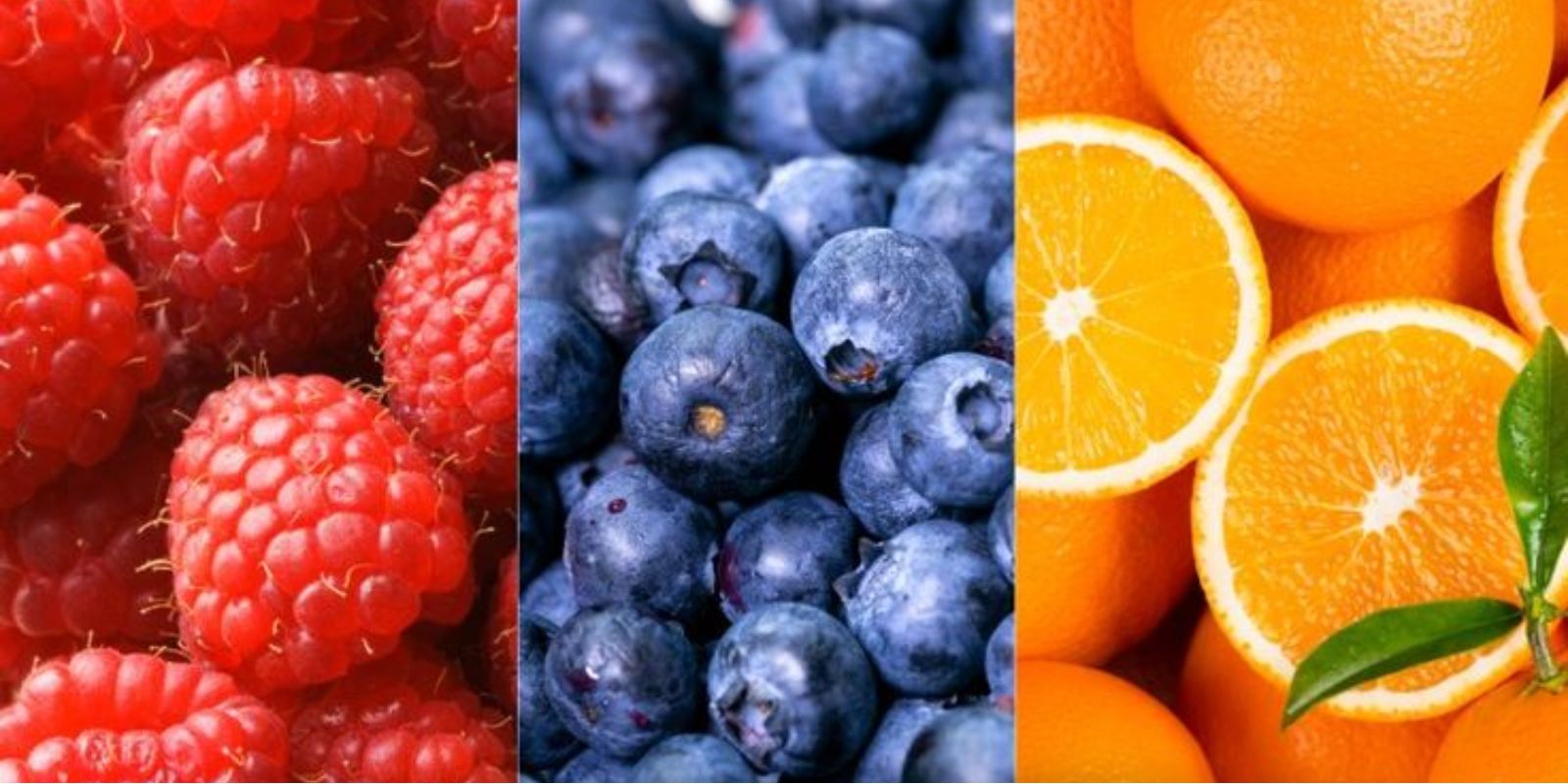Introduction: Exploring the Delightful World of Green Fruits
Introduce the concept of growing green fruits in home gardens. Discuss the appeal of growing fresh, nutritious fruits that add vibrant color and flavor diversity to gardens. Mention the benefits of cultivating these fruits, such as sustainability, self-sufficiency, and the joy of homegrown produce.
1. Apple (Malus domestica)
- Varieties: Highlight popular green apple varieties like Granny Smith, which are known for their crisp texture and tart flavor.
- Growing Conditions: Discuss ideal growing conditions such as full sun, well-drained soil, and regular watering.
- Care Tips: Include tips on pruning, thinning fruit clusters, and pest management strategies specific to apple trees.
2. Kiwi (Actinidia spp.)
- Varieties: Mention kiwi varieties suitable for home gardens, such as hardy kiwi (Actinidia arguta) or fuzzy kiwi (Actinidia deliciosa).
- Growing Requirements: Describe the need for a sunny location, trellising for support, and fertile, well-drained soil.
- Harvesting and Storage: Explain how to determine kiwi ripeness and best practices for storing these delicate fruits.
3. Pear (Pyrus spp.)
- Varieties: Discuss green pear varieties like Bartlett or Anjou, emphasizing their juicy texture and sweet flavor.
- Planting and Care: Provide guidelines on planting spacing, soil pH preferences, and pruning techniques to ensure healthy growth.
- Seasonal Care: Detail seasonal care routines, including fertilization schedules, watering needs, and protection from common pests and diseases.
4. Grapes (Vitis spp.)
- Varieties: Highlight green grape varieties such as Thompson Seedless or Niagara, prized for their versatility in eating fresh or making wine.
- Cultural Requirements: Explain trellising and support systems, soil preparation, and training methods for optimal grapevine growth.
- Harvesting Tips: Offer insights into determining grape ripeness, harvesting techniques, and post-harvest care.
5. Lime (Citrus aurantiifolia)
- Varieties: Discuss types of green limes, such as Key lime, known for their tangy flavor and culinary versatility.
- Growing Conditions: Outline the need for warm temperatures, well-drained soil, and protection from frost for successful lime cultivation.
- Practical Tips: Include tips on container growing for limes in colder climates, pest control, and citrus-specific fertilization practices.
6. Avocado (Persea americana)
- Varieties: Highlight green-skinned avocado varieties like Hass or Fuerte, appreciated for their creamy texture and nutty flavor.
- Climate Requirements: Discuss the warm, subtropical conditions necessary for avocado trees to thrive and bear fruit.
- Growth and Maintenance: Provide guidance on soil pH, irrigation methods, and pruning techniques to manage avocado tree size and fruit production.
7. Zucchini (Cucurbita pepo)
- Varieties: Include green zucchini varieties such as Black Beauty or Dark Green, favored for their tender flesh and culinary versatility.
- Growing Tips: Cover aspects like soil preparation, spacing, and companion planting to maximize zucchini yield in home gardens.
- Harvesting and Recipes: Share tips on harvesting young zucchinis for best flavor and provide recipe ideas for enjoying this garden staple.
8. Green Beans (Phaseolus vulgaris)
- Varieties: Discuss bush or pole green bean varieties, like Blue Lake or Kentucky Wonder, known for their tender pods and high yields.
- Planting and Support: Explain planting methods, spacing for optimal growth, and the use of trellises or poles to support climbing varieties.
- Harvesting Techniques: Describe when and how to harvest green beans to promote continuous production throughout the growing season.
9. Honeydew Melon (Cucumis melo)
- Varieties: Highlight green-fleshed honeydew melon varieties, such as Honey Brew or Emerald Sweet, prized for their sweet flavor and refreshing texture.
- Growing Conditions: Detail the warm, sunny conditions required for honeydew melons, along with soil fertility and moisture needs.
- Ripening and Harvest: Provide tips on recognizing melon ripeness, harvesting techniques, and post-harvest storage to preserve flavor and quality.
10. Green Tomatoes (Solanum lycopersicum)
- Varieties: Mention green tomato varieties like Green Zebra or Aunt Ruby’s German Green, known for their tangy flavor and unique coloration.
- Growing Tips: Discuss growing techniques for green tomatoes, including pruning, staking or caging, and managing pests and diseases.
- Culinary Uses: Highlight culinary uses for green tomatoes, such as frying, pickling, or using them in salads and sauces.
Conclusion: Celebrating the Diversity of Green Fruits in Your Garden
Summarize the benefits of growing green fruits in home gardens, such as freshness, nutritional value, and the satisfaction of sustainable living. Encourage readers to explore the diverse range of green fruits available for cultivation and share their experiences with others. Emphasize the joy of harvesting and enjoying these fruits straight from the garden, promoting a deeper connection to food and nature.
Motivation to Interact:
Invite readers to embark on their own journey of growing green fruits and to share their successes, challenges, and tips with fellow gardening enthusiasts. Encourage engagement and community-building around the joy of gardening and the pleasures of cultivating fresh, homegrown produce. Let’s connect, learn, and grow together in the colorful world of green fruits!

